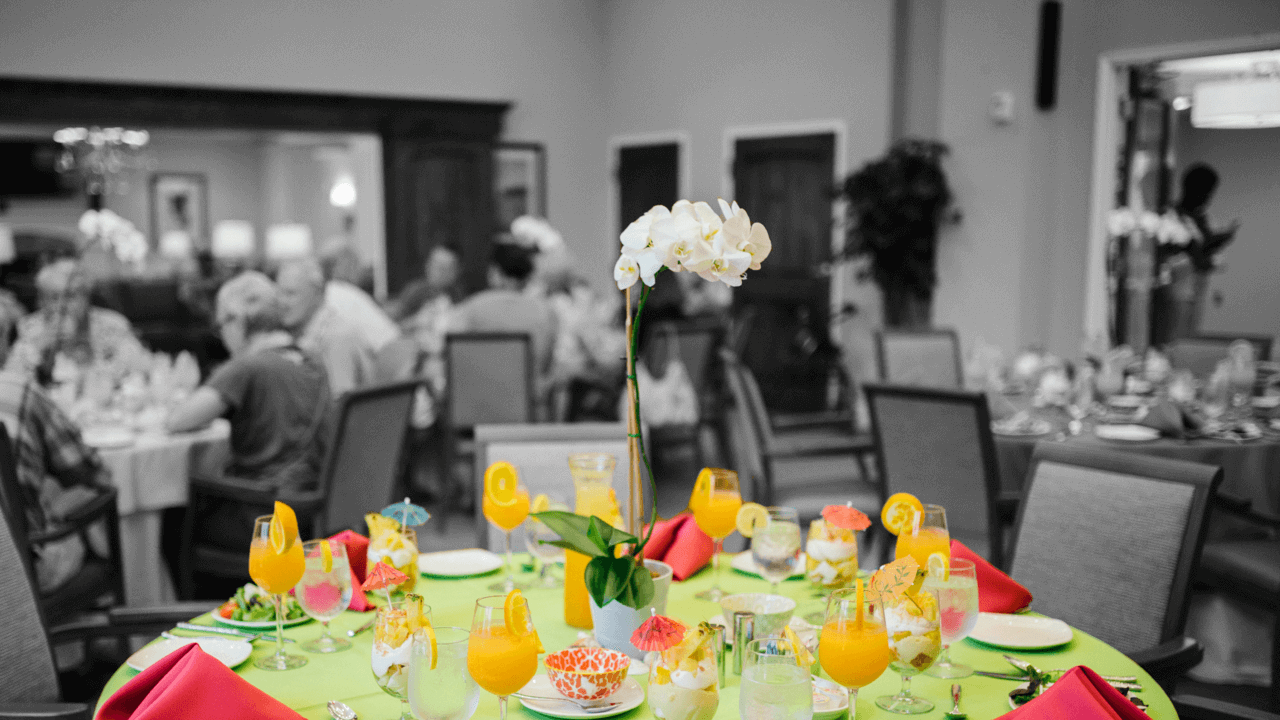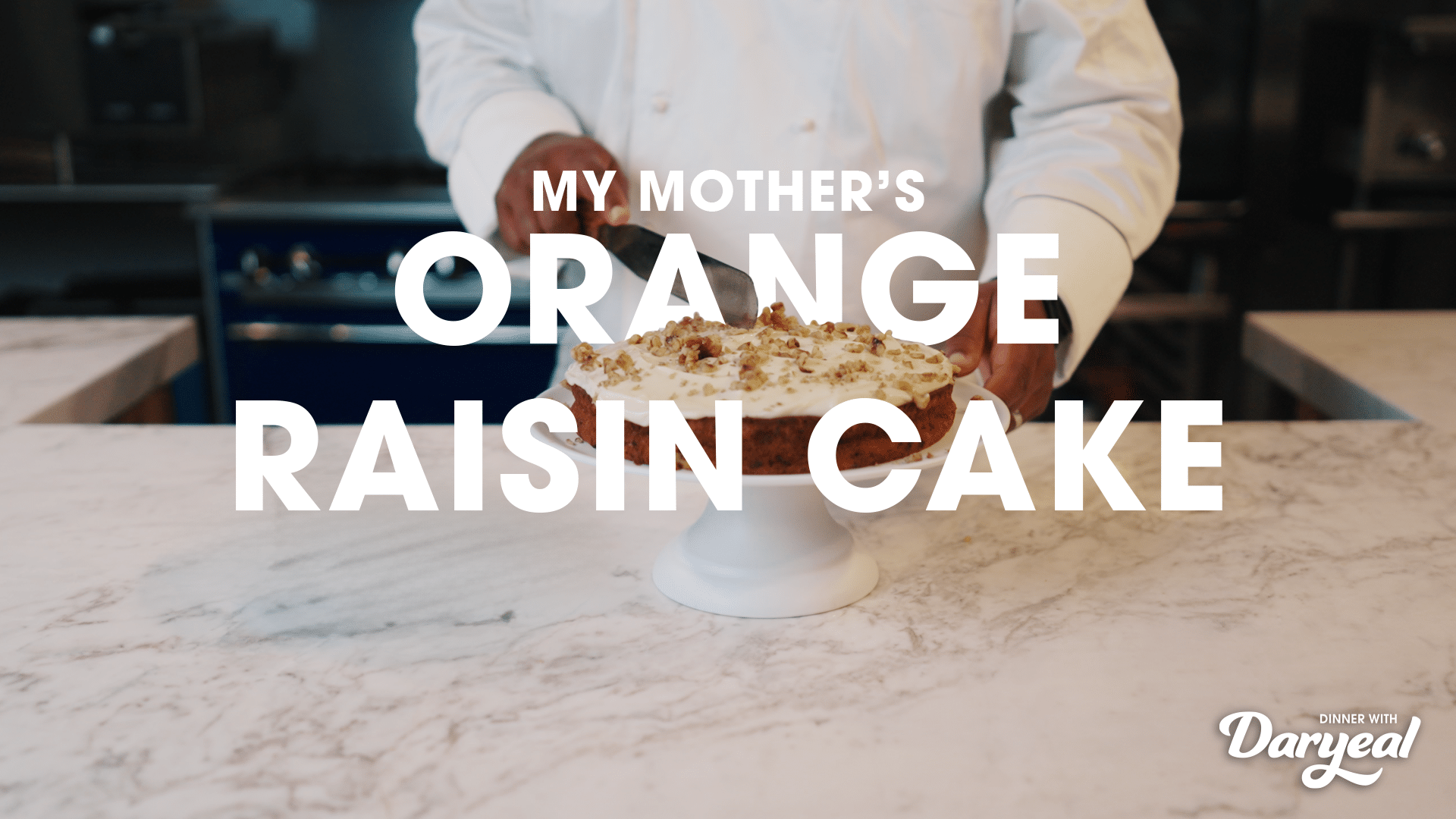Senior living communities face significant challenges to meet evolving resident needs and desires while preparing for the larger, more diverse senior population that is approaching retirement. Older Americans are one of the fastest-growing demographics in the U.S., with preferences that differ greatly from generations past. With increasing expectations of flexibility, variety, and entertainment, senior living providers must evolve to attract prospective residents and actively engage with their existing residents.
Evolving Landscape
By 2030, there is estimated to be more than 71 million people age 65 and older. The 75 and older population is estimated to be more than 33 million.1 This new era of senior living is exciting, but also holds unique challenges. What does it specifically mean for the future of food and dining in senior living communities? For senior living providers who want to excel in this competitive marketplace, it can be difficult to know where to focus resources.
There are three key dining challenges and their implications that senior living residences need to address right now to stay competitive and attract the next generation of senior residents.
Key Challenges
While many senior living executives prioritize dining and view it as integral to high occupancy rates, challenges still exist. To assess the most common food service challenges faced within the senior living industry, Unidine conducted an original research survey. Responses were received from 119 decision-makers working in companies offering in the senior living marketplace. The top common challenges identified include:
- Keeping menus exciting and interesting: 59%
- Providing food that appeals to a range of ages, tastes and preferences: 56%
- Providing high quality food experiences that residents enjoy: 52%
The challenge of keeping menus exciting and interesting
Food plays a central role in day-to-day life for residents, with onsite dining likely being their primary or sole option for meals. It is widely acknowledged that food and dining are key aspects of residents’ satisfaction and influence the decision-making of prospective residents. For some, familiarity may be comforting but for many, the routine creates boredom and dread. When communities work with uninspired foodservice vendors who implement institutional, one-size-fits-all dining programs, menu fatigue and dissatisfaction are not uncommon.
The rising senior generation is independent yet has high expectations for their communities. Baby Boomers and Gen Xers are worldlier and educated, value individualism, and actively express their concerns. They are accustomed to choice and flexibility, eating what and when they want. Compared to prior generations, these rising seniors are more consumer-oriented and influenced by the multitude of food options available today.
Solutions with High ROI:
Rotation is key to fighting menu fatigue. Shorten menu rotation so that new offerings are available more often. Revitalize dining offerings by incorporating exciting seasonal or local items onto the menu. Seasonal menus provide year-round opportunities to test new offerings and break menu monotony. Introduce rotating pop-up stations inspired by the area’s restaurants and the latest food trends to appeal to consumer-minded residents. The pop-ups must provide flexibility for residents to customize the food to their preference, enabling them to partake in the experience.
Promote new items as limited-time offers to residents, and gather feedback via comment cards and chef-led meal rounds in the dining area. Encouraging residents to become an active part of the menu development helps foster engagement in the dining program and increase satisfaction. Depending on its popularity, consider establishing it as a permanent fixture.
Providing food that appeals to a range of ages, tastes and preferences
Providing dining options for a diverse range of seniors presents a challenge, especially when there are generational gaps, special diets, food sensitivities, and various palates to accommodate within one dining program.
The senior population is not only growing, but also becoming more diverse. According to the AARP, in the 2030s, the number of older white Americans will level off while other racial and ethnic groups continue to increase. By 2060, less than 6 out of 10 older people (57 percent) in the U.S. will be white2. Within this group exists a multitude of races, ethnicities, and religions, each with distinctive cultures and cuisines.
Solutions with High ROI:
Engaging with the resident community is crucial to understanding their customs and diets and properly planning to accommodate their needs.
Outsourced dining partners can create scalable solutions catering to a vast assortment of dietary requirements and preferences while containing costs. By thoughtfully leveraging ingredients and products during the menu development process, food offerings can be easily customized to appeal to any resident’s palate.
Authentic recipes ensure that the meal’s flavors, textures, and presentation stay true to its origin. Gather feedback from residents to determine if recipes are aligned with their expectations. Whenever possible, provide menus in the residents’ preferred languages.
Based on your residents’ diverse backgrounds, establish a calendar of special days and celebrations that involve food. As much as possible, create menu offerings or culinary experiences to coincide with these events and meet residents’ needs. Invite family, friends, and other community members to partake in the celebrations.
Providing high-quality food experiences that diners will enjoy
According to AARP data, Baby Boomers account for $40 of every $100 spent in foodservice.3 Due to their tremendous buying power, the restaurant industry stays current to this generation’s attitudes and behaviors, and as a result, mainstream dining experiences will likely influence their perceptions and interactions with the dining programs at senior living communities.
When it comes to mainstream dining, unwavering and special service make a difference to the rising senior generation. Particularly for Baby Boomers, a sense of welcome and connection to their restaurant dining experience is crucial to achieving satisfaction.4
To attract prospective residents and retain current residents, senior living communities must overcome the misperceptions that their food is not as high quality as mainstream restaurants and that residents sacrifice their lifestyles.
Solutions with High ROI:
Implementing simple restaurant-like elements elevate the dining program and counter the stereotype of “scoop and serve” models of the past. Offering a variety of dining formats, such as bistros, grab-and-go, and pubs, speaks to seniors’ desires for leisure and convenience. Expanding service hours and welcoming the people outside of the immediate community to partake in dining services creates a socially dynamic environment and encourages residents to invite guests, leading to increased revenue, engagement, and satisfaction.
Collaborate with your food and dining management firm to create experiential dining events that provide entertainment and social activity for residents. A kitchen tour for new residents helps to integrate them into their new community with greater ease and connects them to the culinary staff. Tableside cooking demonstrations and temporary chef exhibitions act as culinary theater, providing residents with freshly made-to-order meals and an up-close, personal look at dining services in action. Where appropriate, involve residents in hands-on, chef-led preparation and presentation.
Conclusion
These key challenges also present opportunities to enhance your senior living community’s brand and cultivate a more engaged resident community. Partnering with an experienced, insightful hospitality services partner helps senior living communities address today’s challenges while investing in the best solutions to serve the next generation of residents and ensure long-term success.
About CCL Hospitality Group
CCL Hospitality Group is a nationwide leader in culinary and support services with four distinct operational companies – Morrison Living, Unidine, Coreworks, and The Hub. We provide modern world-class hospitality infrastructure, talent, and innovation. We are shaping the industry’s future leaders with a culture of service focused on elevated hospitality offerings for community living across the country.
Learn more here.



